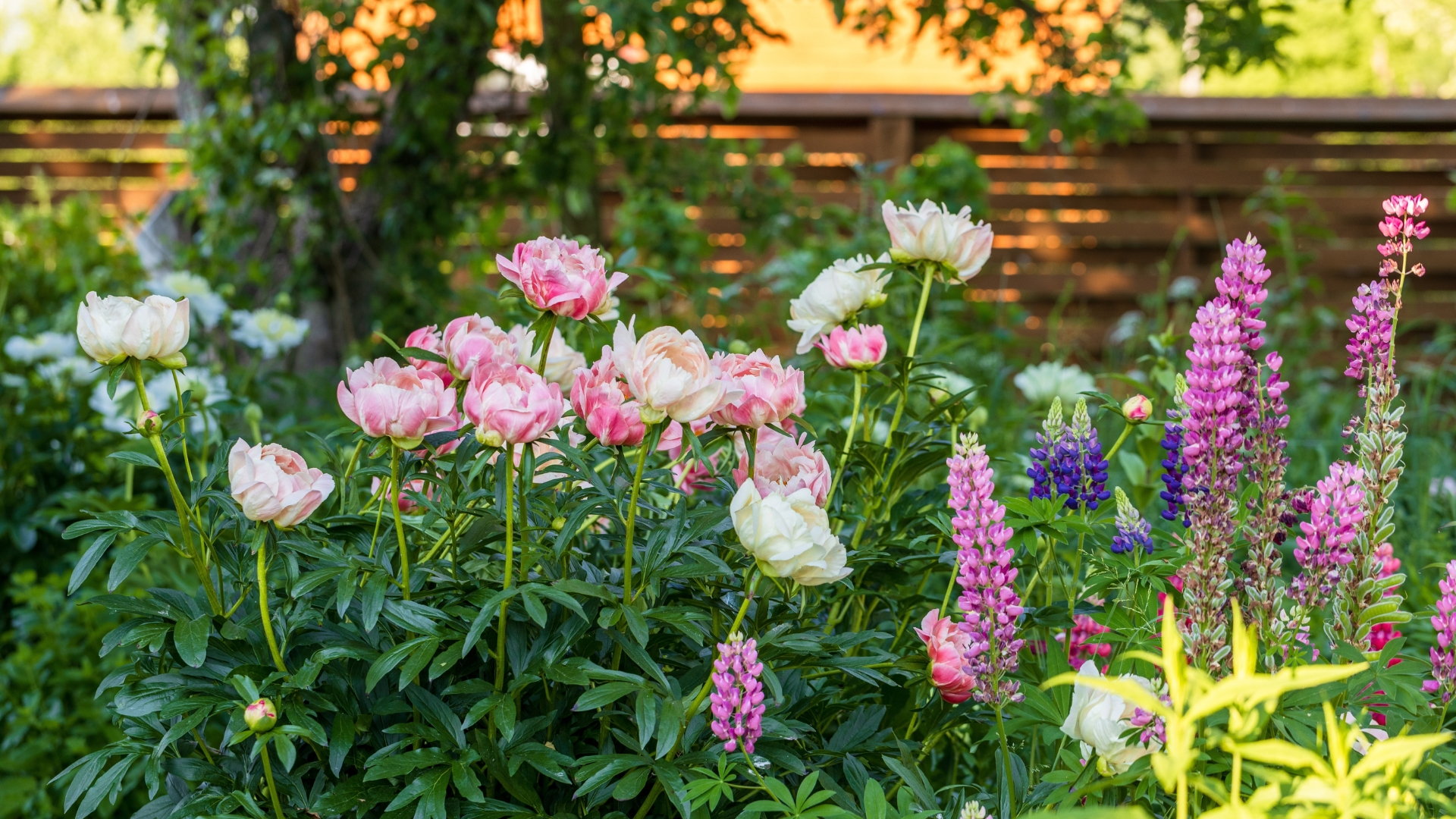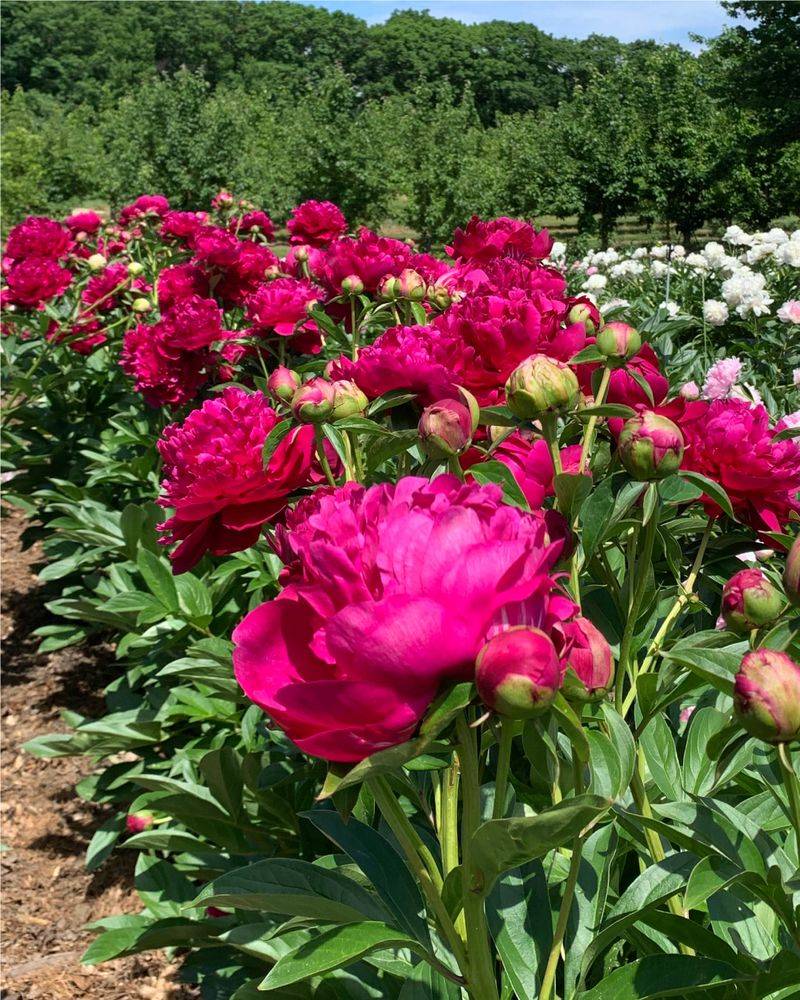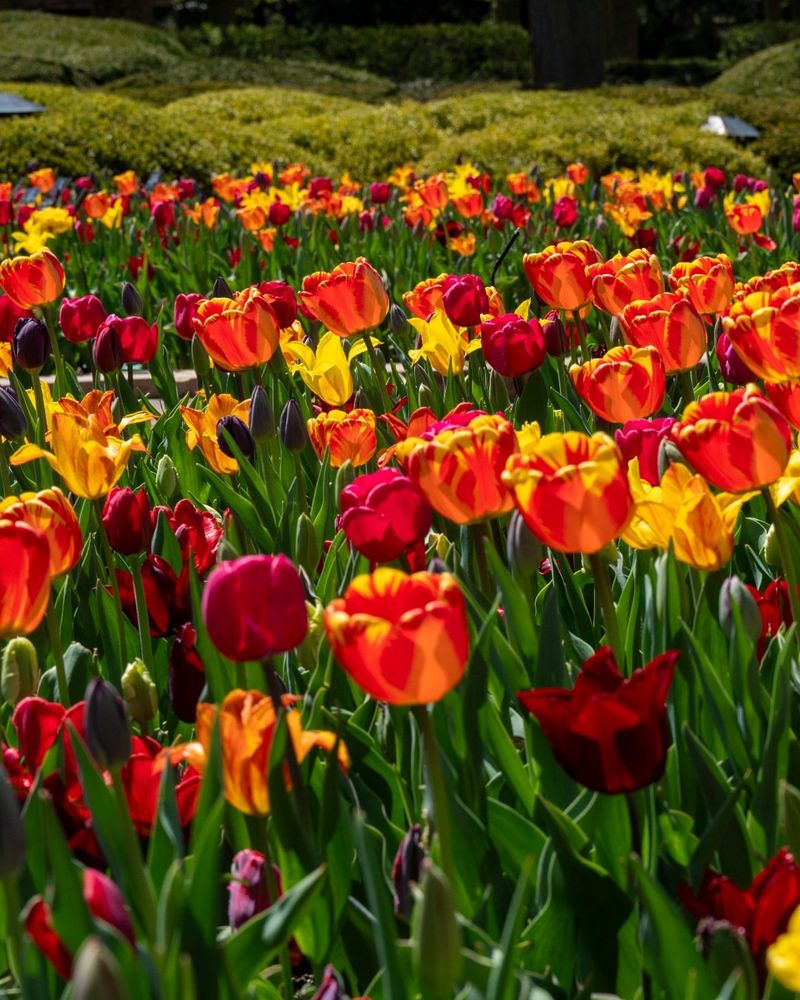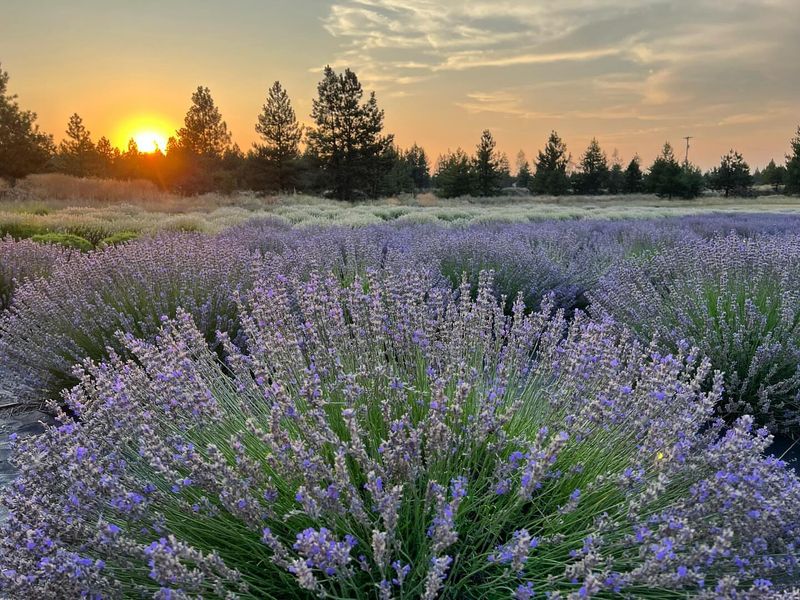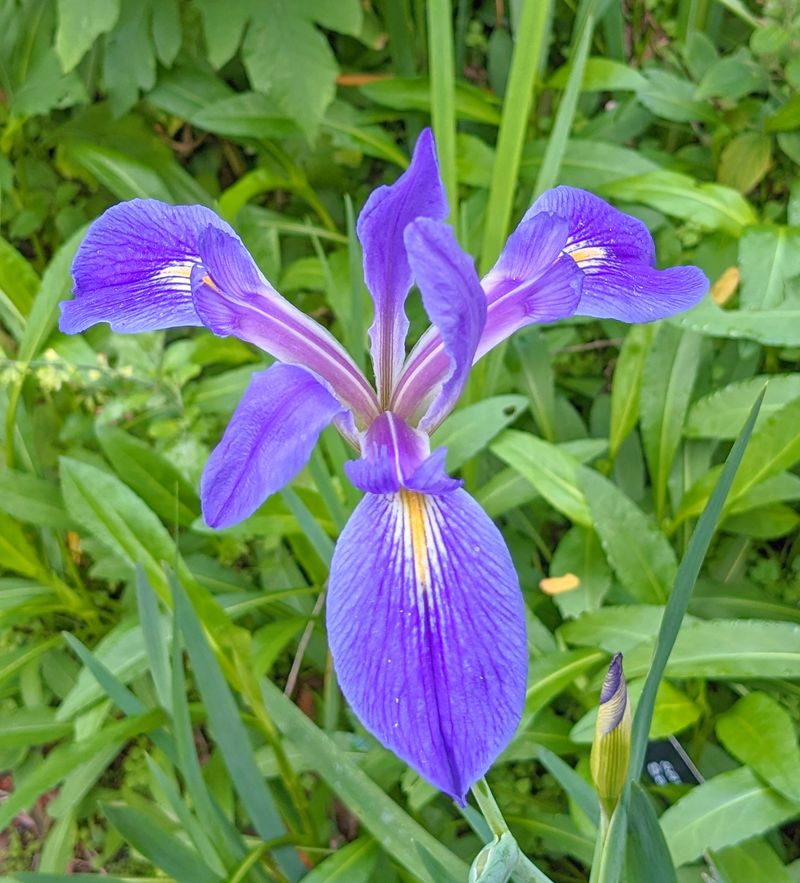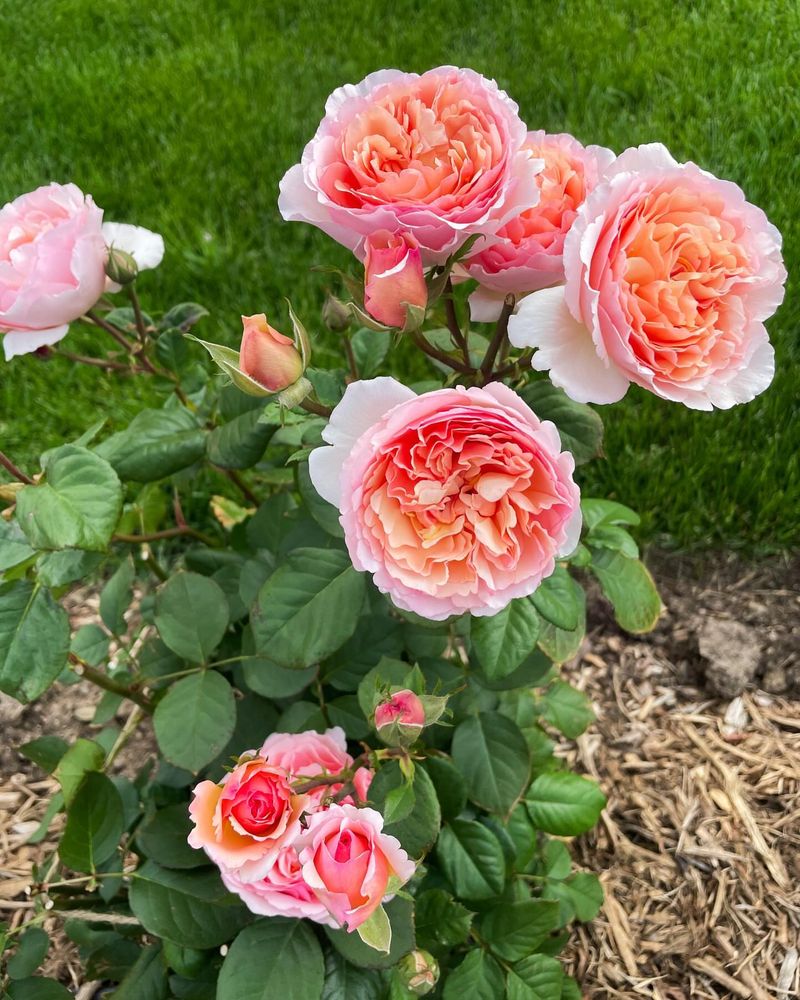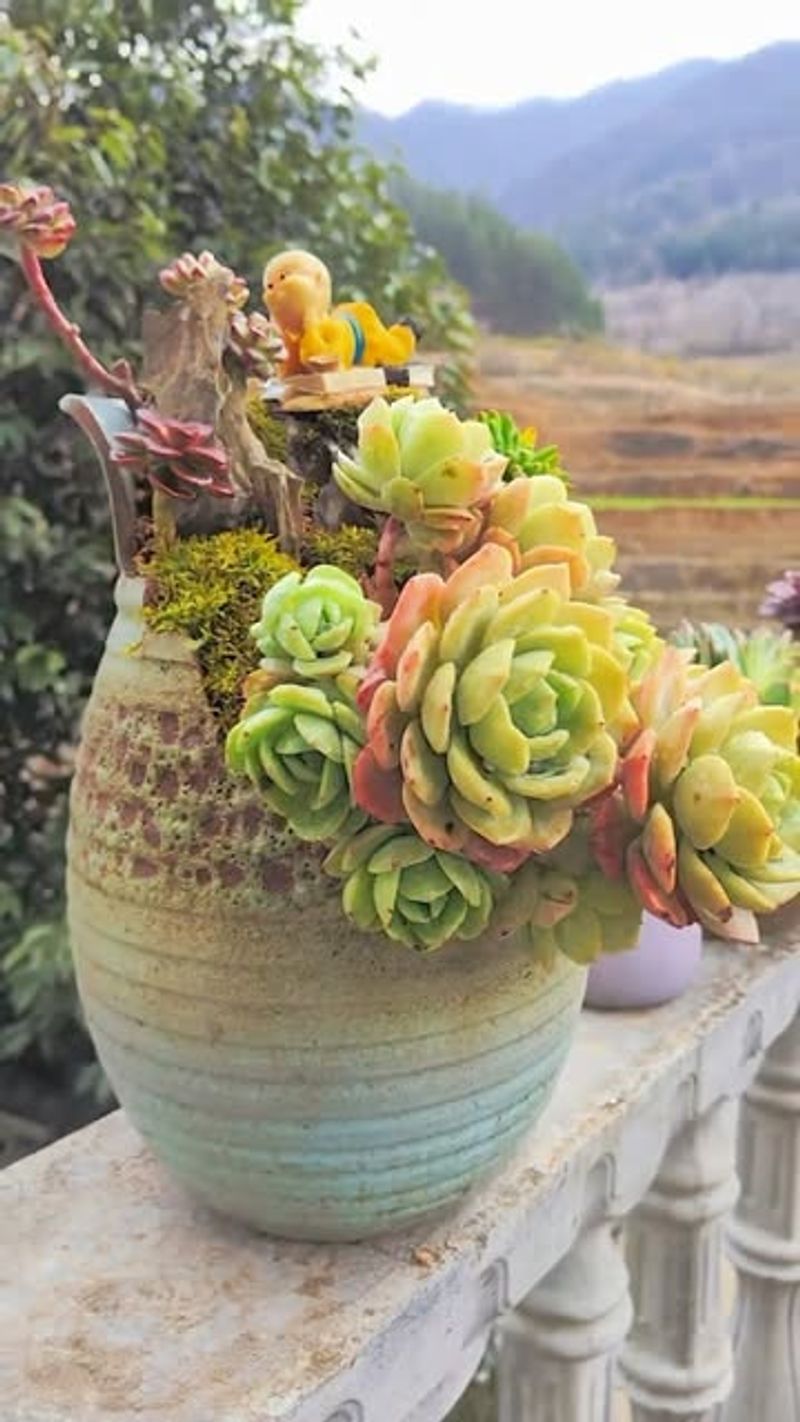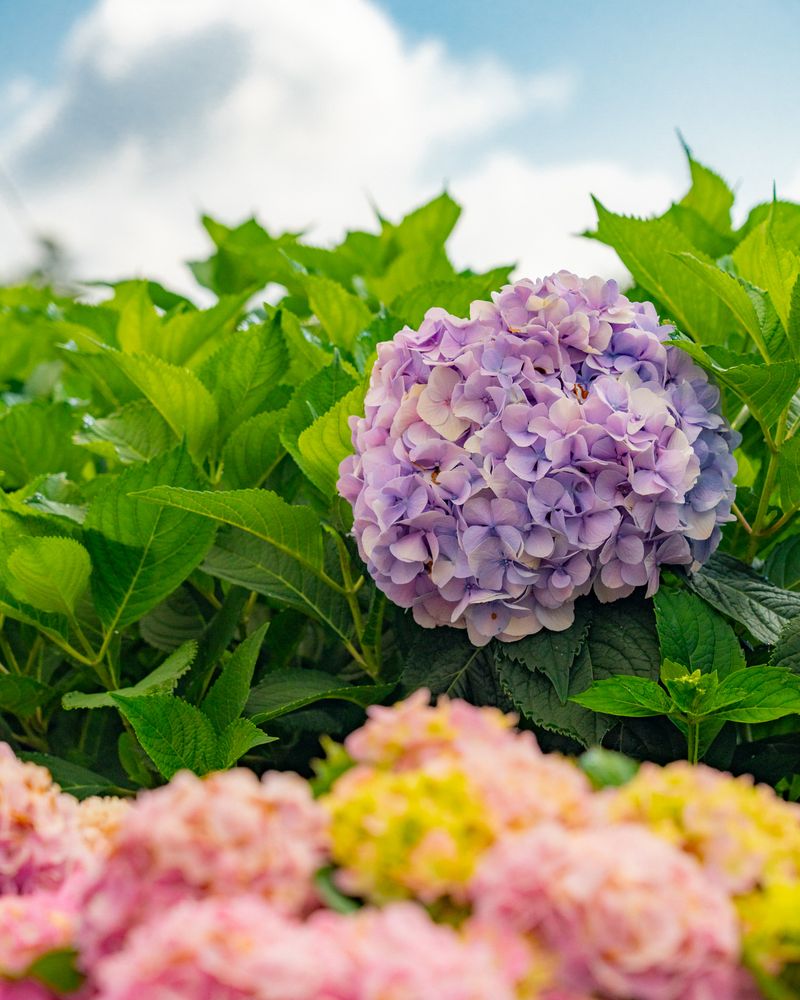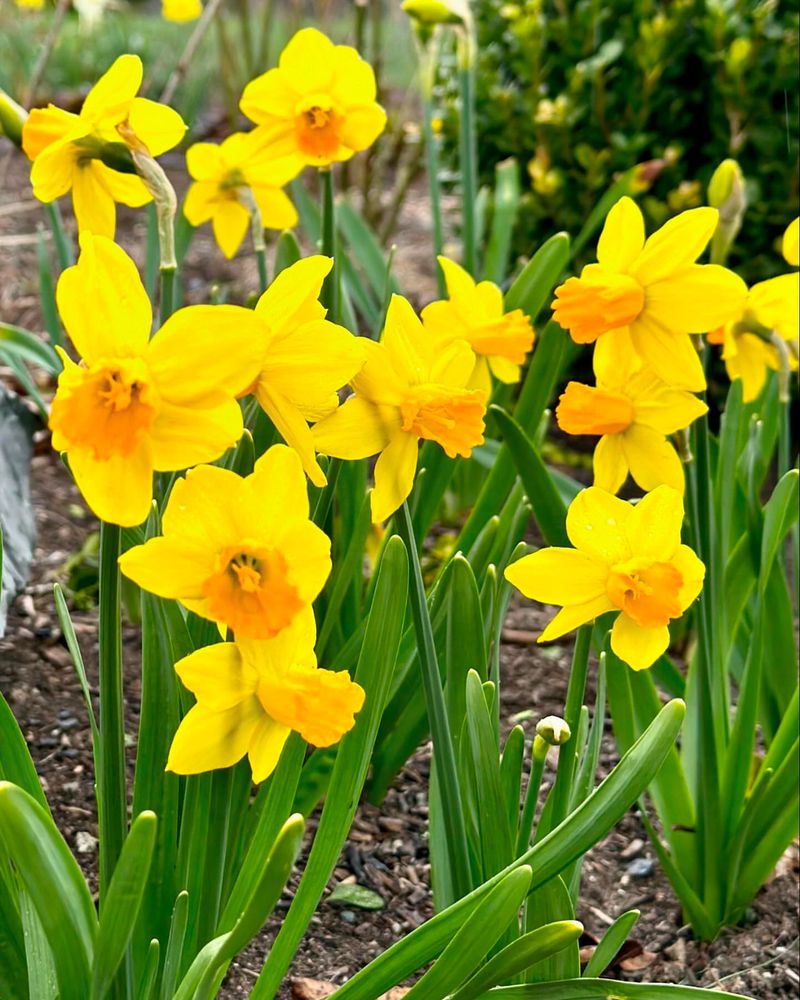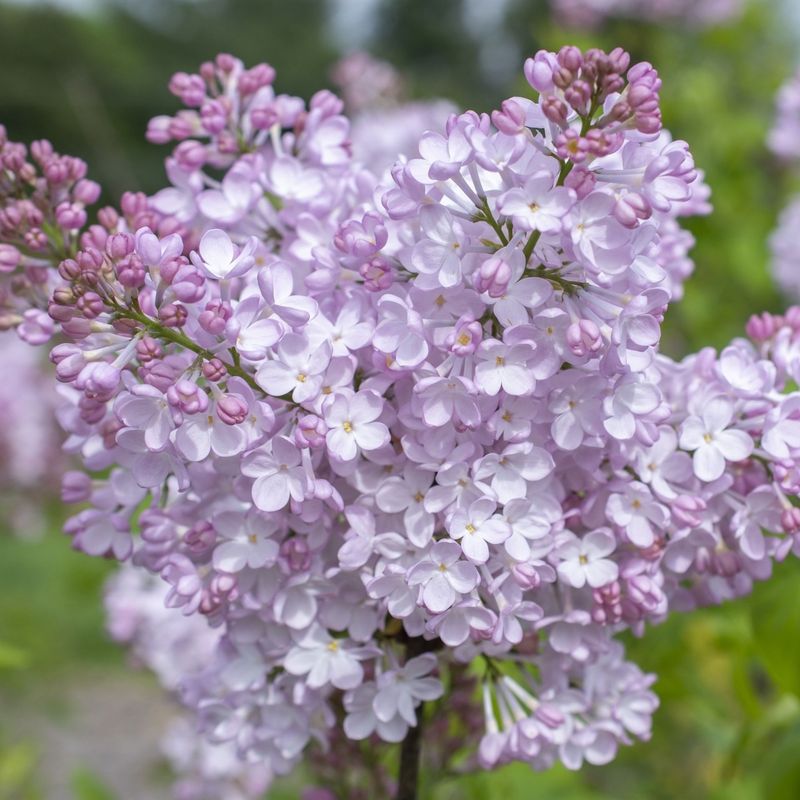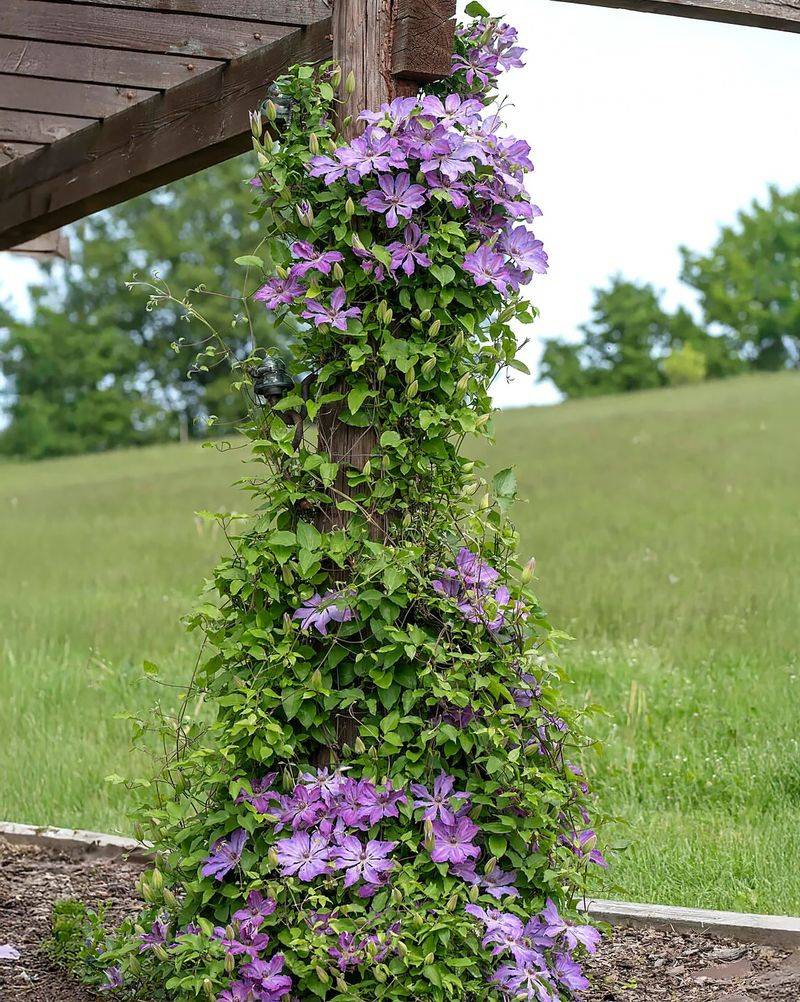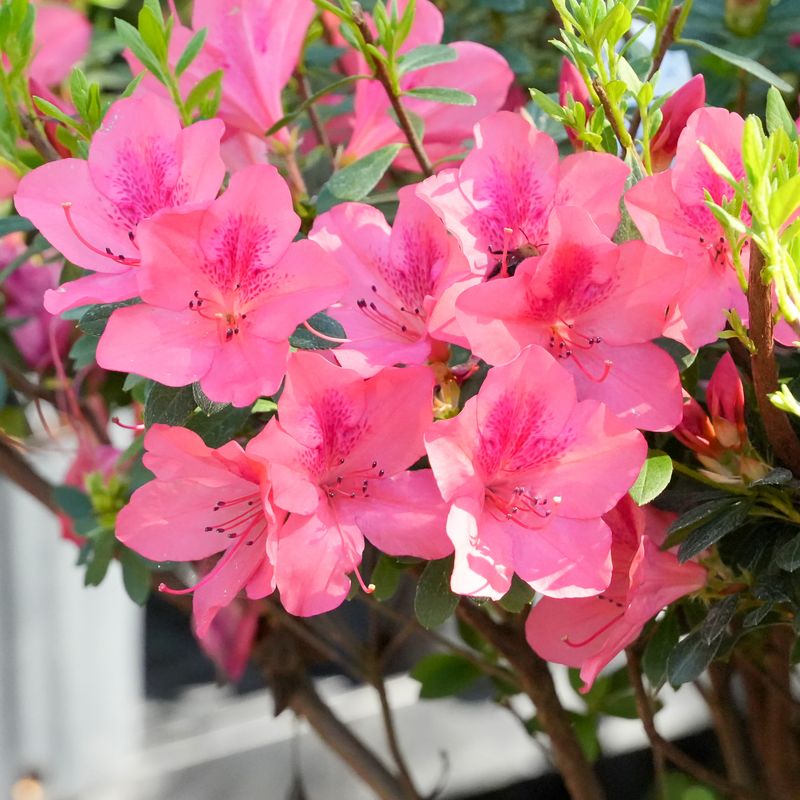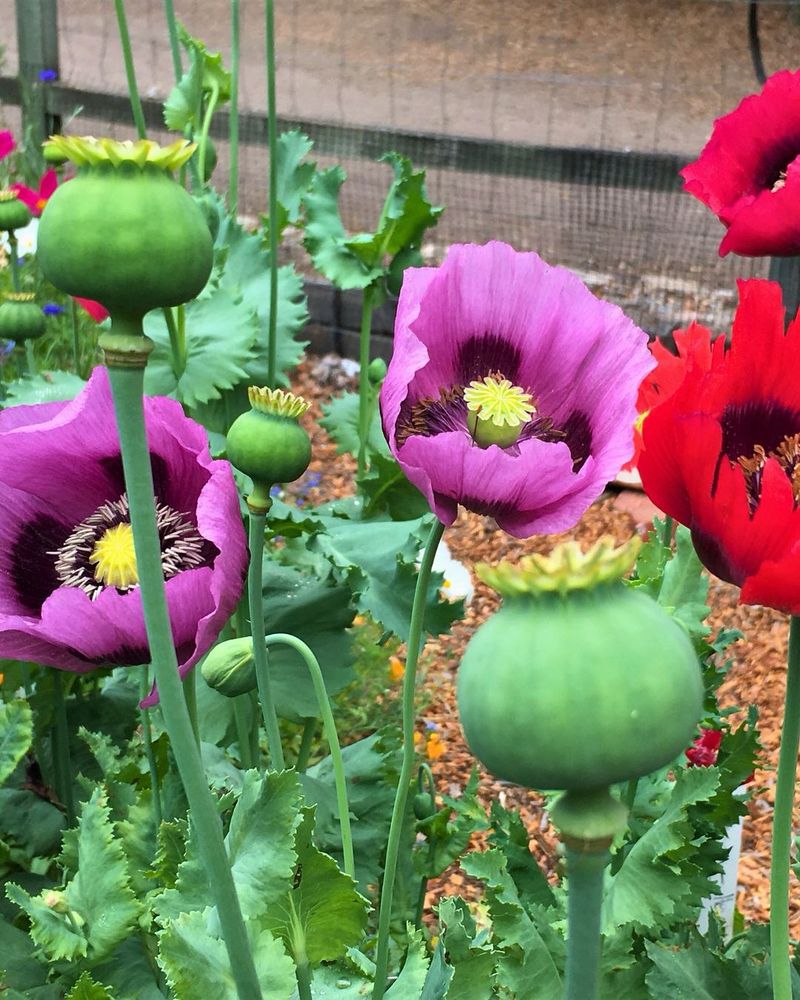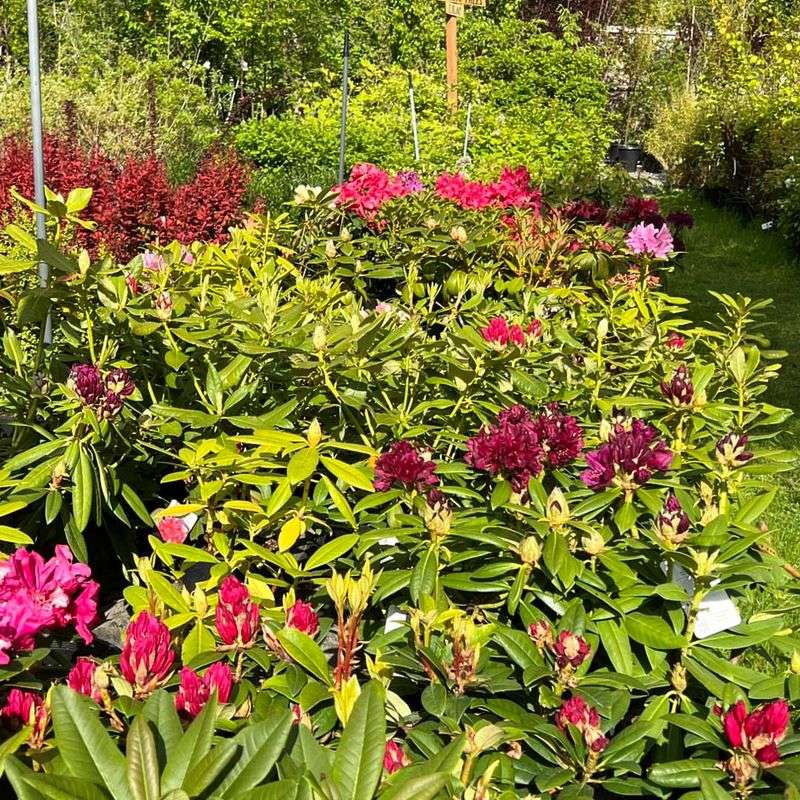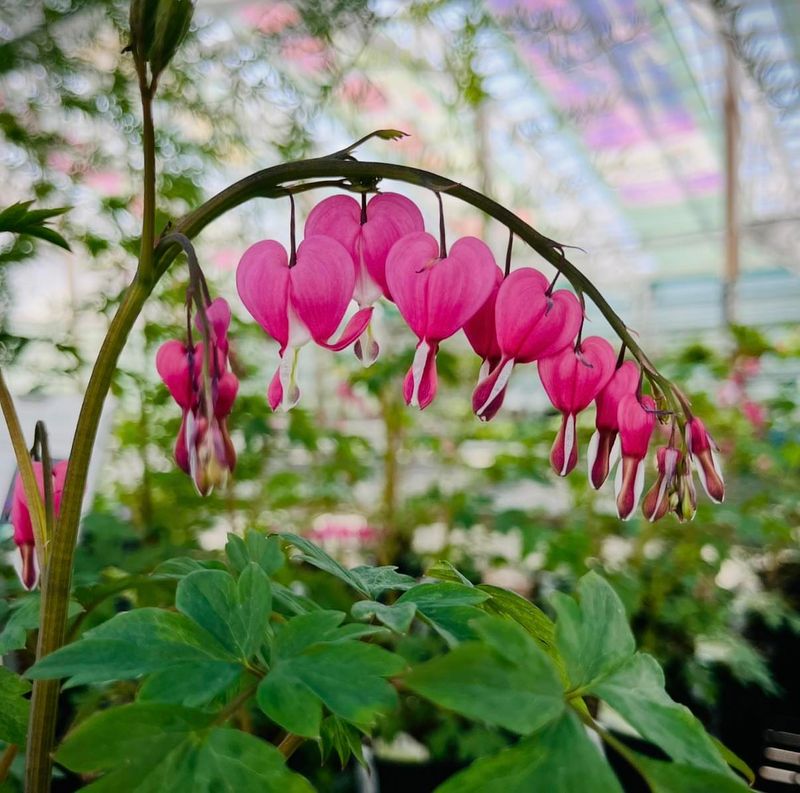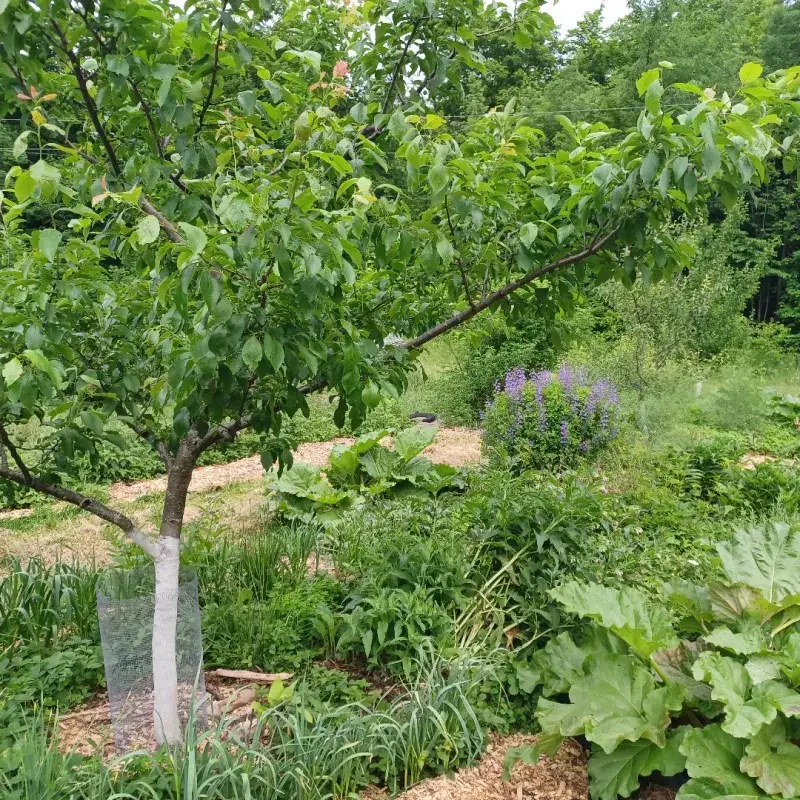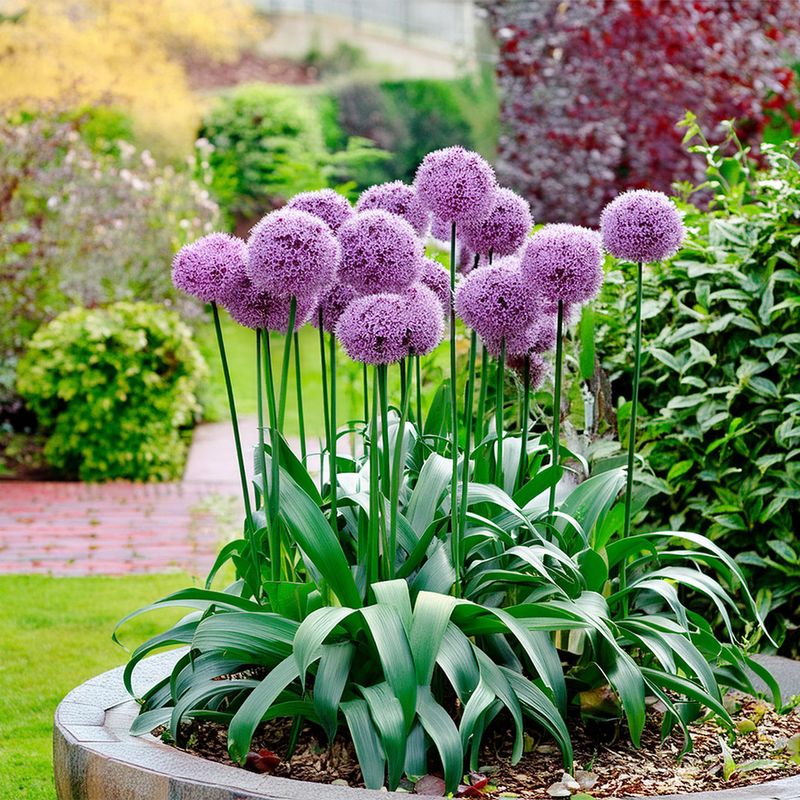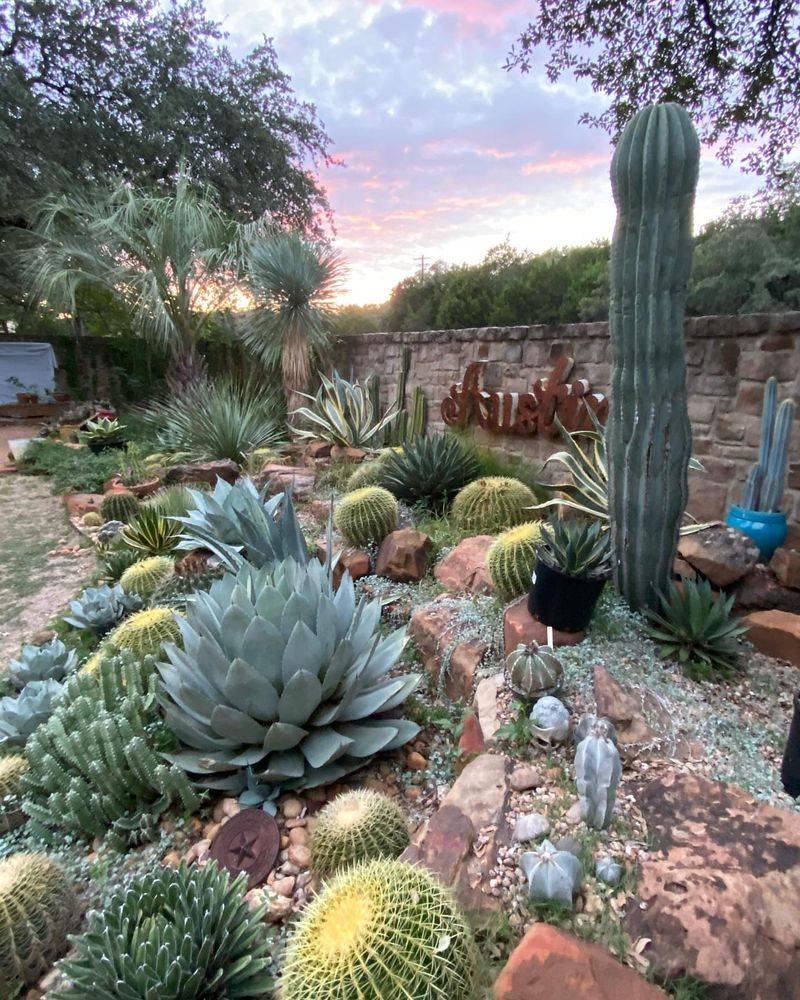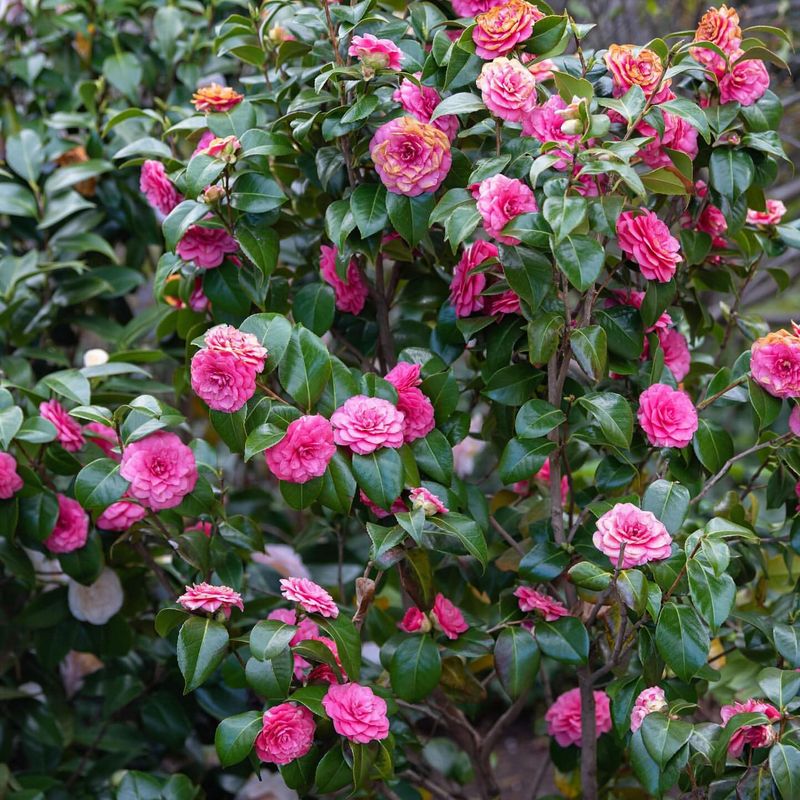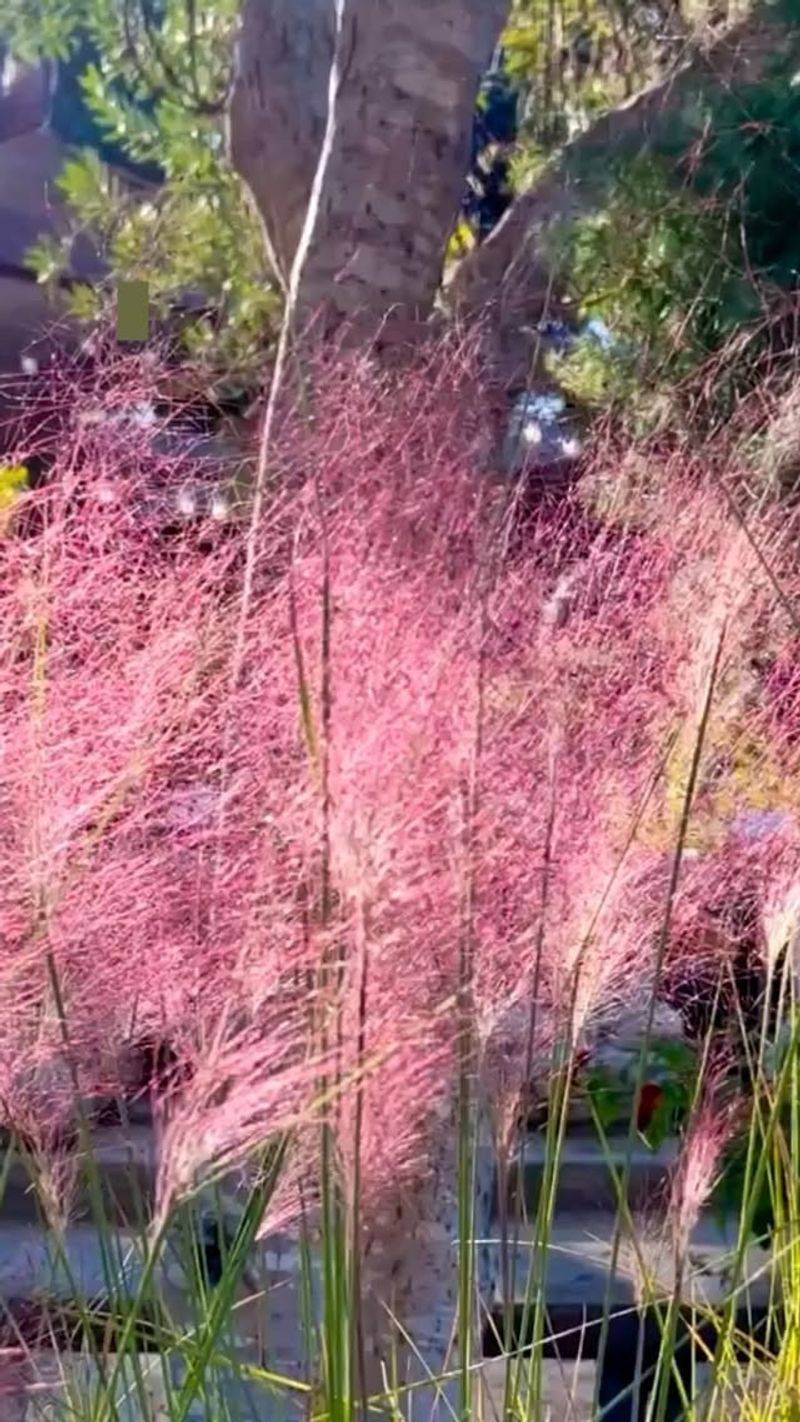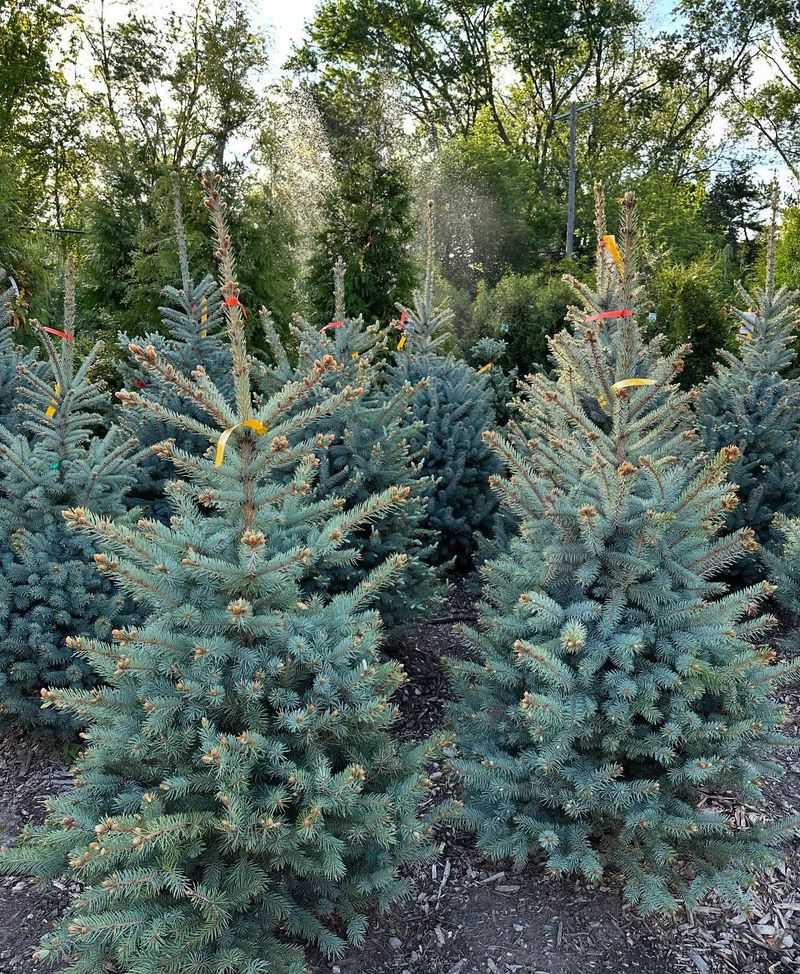Some plants don’t play by the usual summer rules—and giving them too much water, fertilizer, or pruning can actually do more harm than good. I’ve learned that knowing when to hold back is just as important as knowing when to care.
These 20 plants are tricky during the hot months, but don’t worry—I’ve got simple tips on how to keep them happy without overdoing it. Summer care doesn’t have to be stressful if you know the right moves.
Let’s get your garden thriving the smart way this season!
1. Peonies
These stunning blooms hate being disturbed during summer months. Watering peonies excessively when they’re dormant can lead to root rot and fungal diseases that destroy your plants.
Instead, apply a light layer of mulch to retain moisture and only water during extreme drought. Save fertilizing for early spring and pruning for fall after the first frost when the foliage dies back naturally.
2. Tulips
Summer is actually the resting period for these spring favorites. Excess water during their dormancy will cause bulbs to rot underground where you can’t see the damage until it’s too late.
Let nature handle the watering unless you’re experiencing severe drought. Mark where they’re planted, avoid disturbing the soil, and wait until fall to dig up, divide, or replant bulbs for next year’s display.
3. Lavender
This Mediterranean native actually thrives on neglect during hot months. Overwatering lavender in summer creates humid conditions that lead to root rot and fungal problems in these drought-tolerant plants.
Water only when the soil is completely dry several inches down. Hold off on fertilizer which produces weak, floppy growth, and delay pruning until early spring to avoid winter damage to new growth.
4. Iris
Summer marks dormancy for these colorful perennials, making them particularly sensitive to excess moisture. Watering irises heavily during hot months often leads to bacterial soft rot that can destroy entire rhizomes.
Allow natural rainfall to sustain them and only provide supplemental water during extreme drought. Wait until late summer or early fall for division and replanting when temperatures have cooled but soil remains workable.
5. Roses
Contrary to popular belief, summer isn’t the time for major rose pruning. Cutting back roses during intense heat forces new growth that weakens the plant and burns in the sun.
Focus on deadheading spent blooms instead of heavy pruning. Water deeply at the base in early morning, avoiding foliage to prevent fungal issues. Save fertilizing for spring and fall, as summer feeding produces weak growth susceptible to pests.
6. Succulents
These water-storing plants have evolved to survive long dry periods and actually prefer it that way. Summer overwatering is the fastest way to kill succulents through root rot that quickly spreads to stems and leaves.
Allow soil to completely dry between waterings, which might mean watering only once monthly. Skip fertilizer during intense heat and save pruning or propagation for spring when plants are actively growing rather than conserving energy.
7. Hydrangeas
Summer pruning removes next year’s flower buds on many hydrangea varieties, leaving you wondering why you have beautiful foliage but no blooms. The high heat also makes recovery from pruning more stressful.
Water deeply at the base early in the morning instead of frequent shallow watering. Hold off on pruning until late winter or early spring depending on variety. Apply mulch to retain moisture rather than increasing watering frequency.
8. Daffodils
These cheerful spring bulbs enter complete dormancy by summer, making additional water not just unnecessary but potentially harmful. Soggy soil during dormancy is the primary cause of bulb rot and disease.
Allow foliage to yellow and die back naturally without removing it. Mark locations so you don’t accidentally disturb the bulbs. Wait until fall for dividing overcrowded clumps, and apply bulb fertilizer in early spring rather than summer.
9. Lilacs
Summer pruning removes next year’s flower buds that form immediately after spring blooming. Cutting lilacs back in heat also stimulates new growth that won’t have time to harden off before winter.
Prune only within two weeks after flowering ends in spring. Water deeply but infrequently, allowing soil to partially dry between waterings. Apply compost in fall rather than fertilizer in summer to avoid pushing tender new growth.
10. Clematis
These flowering vines have specific pruning requirements based on variety, but summer isn’t the right time for any of them. Heat-stressed clematis recover poorly from pruning and become susceptible to clematis wilt.
Keep roots cool with mulch while providing regular water to the root zone only. Protect from intense afternoon sun in hot climates. Save pruning for late winter or early spring depending on your specific variety’s blooming pattern.
11. Spring-Flowering Shrubs
Azaleas, forsythia, and other spring bloomers set next year’s flower buds during summer. Pruning now removes those buds, resulting in few or no flowers next spring despite healthy-looking plants.
Prune only within 4-6 weeks after flowering ends. Water deeply at the base during dry spells rather than frequent shallow watering. Apply a balanced fertilizer in early spring before blooming, not during summer heat.
12. Poppies
Oriental and Iceland poppies naturally die back and go dormant during summer heat. Watering and fertilizing during this rest period often leads to crown rot that kills the plants entirely.
Allow foliage to yellow naturally without removing it. Mark their location so you don’t disturb dormant plants. Resume minimal watering in fall when new growth appears, and divide or transplant in early fall rather than during summer dormancy.
13. Rhododendrons
These woodland natives develop next year’s flower buds in summer, making pruning during this time disastrous for next season’s display. Their shallow roots also make them particularly sensitive to summer fertilizer burns.
Keep soil consistently moist but never soggy. Apply pine needle mulch to maintain acidity and moisture. Prune only right after spring flowering finishes and fertilize lightly in early spring with acid-loving plant food.
14. Bleeding Hearts
These spring beauties naturally die back and go dormant when temperatures rise. Continuing to water dormant plants can cause root rot in the fleshy underground structures that won’t be visible until it’s too late.
Allow foliage to yellow naturally as the plant enters dormancy. Mark the location to avoid disturbing dormant roots. Plant companion perennials nearby to fill the space when bleeding hearts retreat for their summer rest.
15. Fruit Trees
Summer pruning of fruit trees removes vital leaf surface area that trees need for photosynthesis during the growing season. Heavy pruning also exposes previously shaded bark to intense sun, causing sunscald damage.
Focus on minimal pruning to remove damaged branches only. Water deeply but infrequently to encourage deep root growth. Save major structural pruning for the dormant season when trees are less stressed.
16. Bulb Plants
Summer-dormant bulbs like alliums and fritillaria disappear completely above ground during hot months. Watering empty spaces where bulbs are resting underground promotes fungal diseases and rot in the stored energy structures.
Mark locations carefully before foliage disappears completely. Plant shallow-rooted annuals above dormant bulbs if you want to fill the space. Wait until fall to divide, transplant, or add new bulbs to your garden.
17. Cactus
Desert natives have evolved special adaptations for extreme heat that make summer watering potentially deadly. Excess moisture during hot weather often leads to bacterial and fungal problems that quickly turn plants to mush.
Water minimally only when soil is completely dry several inches down. Avoid fertilizer during peak heat which can burn roots. Provide afternoon shade in extreme temperatures rather than extra water to help plants cope.
18. Camellias
These elegant shrubs set their buds for next season during summer months. Pruning now removes potential flowers, while fertilizing pushes tender new growth that’s vulnerable to heat stress and winter damage.
Keep soil consistently moist but never waterlogged. Apply acidic mulch like pine needles to maintain soil pH. Prune only right after flowering ends and fertilize in early spring before bud set begins.
19. Ornamental Grasses
Cutting back these landscape staples during summer removes their most attractive feature – the graceful plumes and seed heads that provide garden interest. Summer pruning also stresses plants during their active growing period.
Leave grasses intact throughout summer and fall for maximum visual impact. Water deeply but infrequently to encourage deep roots. Cut back only in late winter or early spring before new growth emerges.
20. Evergreen Trees
Summer pruning of conifers and other evergreens exposes inner branches to sudden intense sun, causing needle burn and dieback. New growth pushed by summer fertilizer won’t harden off before winter, leading to damage.
Water deeply during dry spells, focusing on root zones rather than foliage. Mulch around bases to retain moisture and regulate soil temperature. Schedule pruning for early spring before new growth begins or late fall after growth has hardened.

